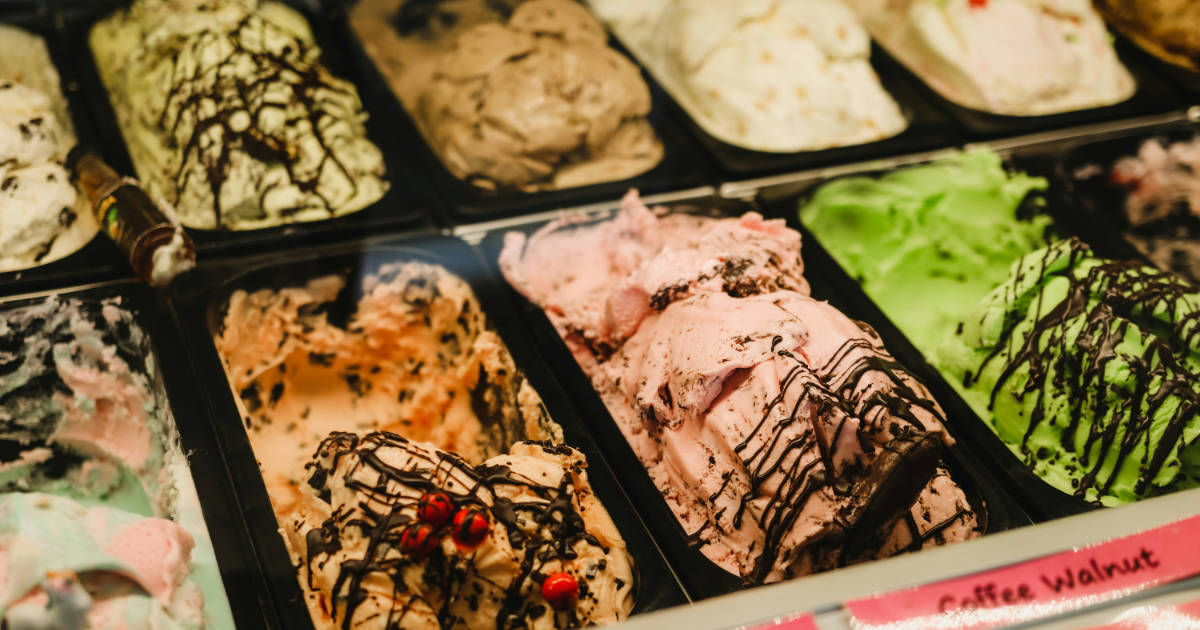This magical, marvelous food on our plate, this sustenance we absorb has a story to tell. It has a journey. It leaves a footprint It leaves a legacy. To eat with reckless abandon, without conscience, without knowledge; folks, this aint normal. – Joel Salatin, a farmer who lectures on food.
What is our takeaway from this? Food must be partaken with awareness. We must respect it and must not indulge in waste. I have a story for you, dear ones. It is the custom in India in some of the villages to seek the help of the local villagers.
When it is planting and harvest time, people come from the city to their village and help the farmer in planting and harvesting. The farmer provides them shelter and food and at the end of the season, they can take as much crop as they need for the whole year. This was narrated to me by someone who is a Dai (Midwife). She also works as a midwife and they give her what they can afford. If they cannot afford to give her anything, she would give them a kilogram of jaggery and a kilogram of buffalo’s milk. The jaggery and milk, give strength to the mother.
The Gita emphasizes the importance of consuming sattvic food, which are known for their purity, lightness and ability to promote a peaceful mind and body. This includes fresh fruits, vegetables and grains. It is also suggested to offer the food at the altar, before consuming it. The Gita indicates that awareness of the food one is eating must be present. One must focus on the act of eating and appreciating the food rather than rushing or engaging in other activities.
Appreciate food and be conscious of the effort which has gone into tending, growing and cooking it.
I write about food today because it is World Ice Cream Day and who does not like ice-cream.
Aim Hrim Klim

